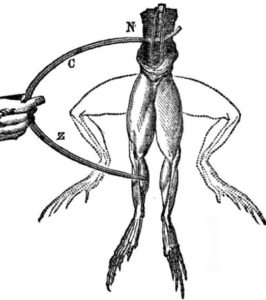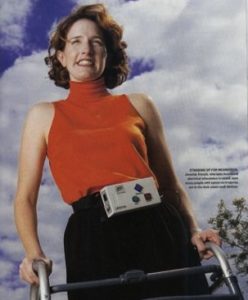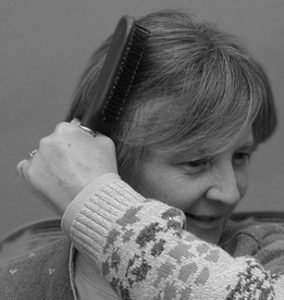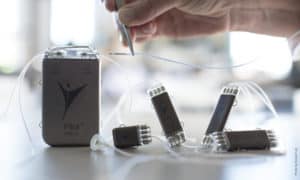Profile
Paralysis Challenge
I'm looking forward to hearing your questions! I will be on-line when it's morning here on the East Coast of the US.
-
Read more
Did you know that people with spinal injuries are missing a lot of their functions? Depending on how they were injured, they may not be able to stand and walk, they may not be able to move their hands to do things like feed themselves or hold a pen, they might not be able to go to the bathroom without special equipment and help from others, and they might even have trouble breathing or being able to shift their weight in their wheelchair.
They can’t do these things because the signals from their brain can’t get past the injury in their spine to reach all those muscles needed to stand or use their hands. But guess what? The muscles to their arms and legs can still work – they can be activated with little bursts of electrical current! And guess who figured that out? A famous researcher back in the 1770’s named Galvani. He showed that electrical current could activate the muscles of a dead frog.

But more recently, researchers in Cleveland, Ohio, in the US, showed that if you coordinate the activation of many muscles, you can create functional movement, like hand grasp, standing, and stepping. Those electrical devices are called “neuromodulation” or “neurostimulation” systems. Think about it – think of all the muscles in your legs that you use to stand up. Now imagine tiny wires connecting to them and turning them on all at once. You would stand up! The researchers in Cleveland have been able to restore standing, stepping, hand grasp, and many more functions for many people with paralysis.
Here is a picture of Jen French, a person with paralysis, who won the silver medal in sailing at the Parlympic Games in London in 2012. She is standing using a neuromodulation system that activates the muscles in her legs.
Here are pictures of people with paralysis using a neuromodulation system that provides hand function.
Here’s what neuromodulation technology looks like.
You can imagine how rewarding this work is, how exciting it is to see people with paralysis begin to use their hands and legs again. Now you know why I love being a biomedical engineer, and why I love doing the work I do.
-
What I'd do with the prize money:
With this much money, do you know how many people with paralysis could have restored function? A lot! Let’s help them out.
-
Education:
BS in biomedical engineering from Johns Hopkins, Baltimore, MD and MS in biomedical engineering from Case Western Reserve University, Cleveland OH
-
Qualifications:
Biomedical engineering training helps me understand both the technical engineering challenges of our medical device, as well as the medical challenges of spinal cord injury.
-
Work History:
I worked for many years at Shriners Hospital for Children, developing neuromodulation systems for children with paralysis. I also worked for many years at the Food and Drug Administration, which is the US agency that gives companies permission to sell medical devices.
-
Current Job:
I’m the Executive Director of the Institute for Functional Restoration
-
My Interview




